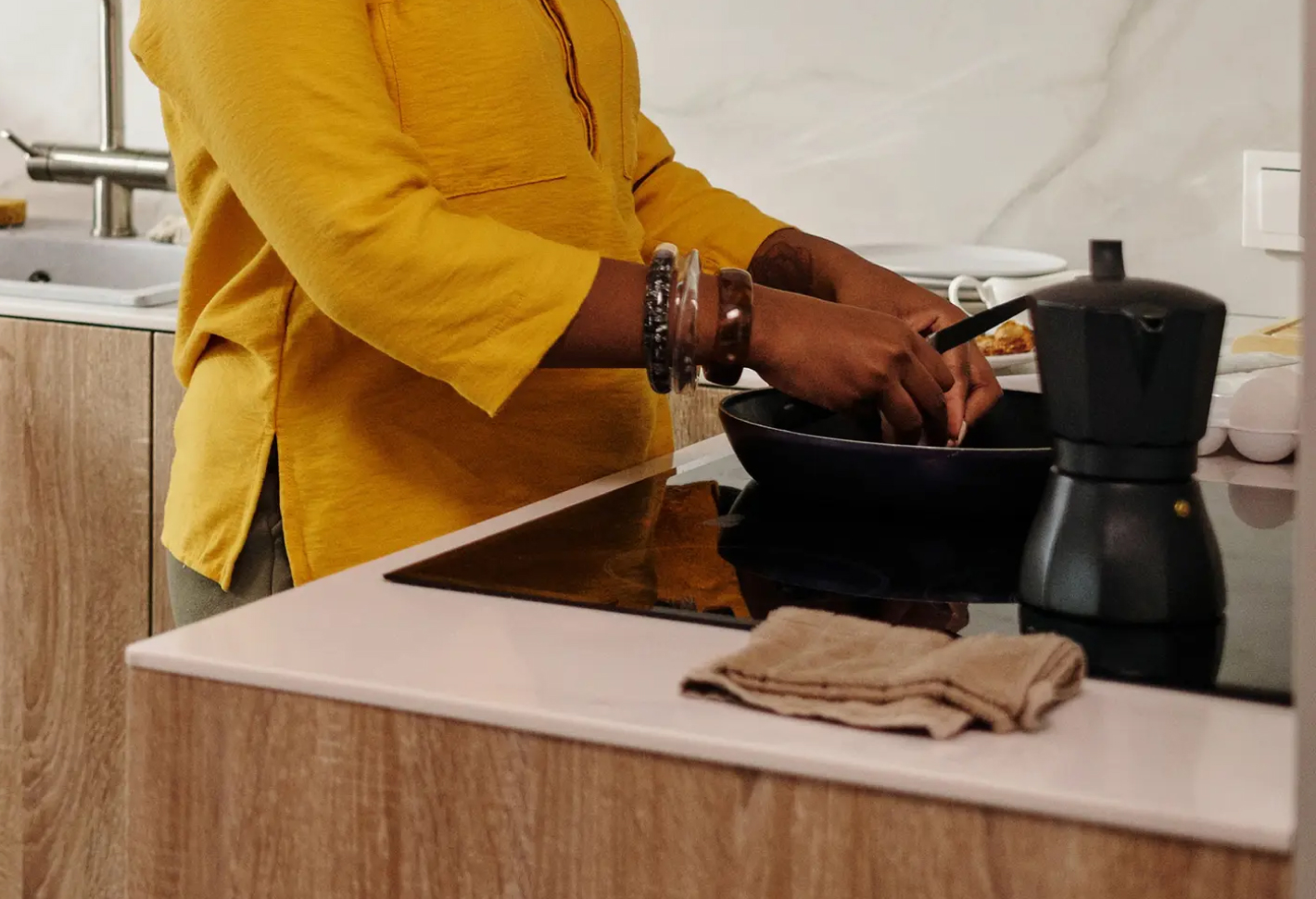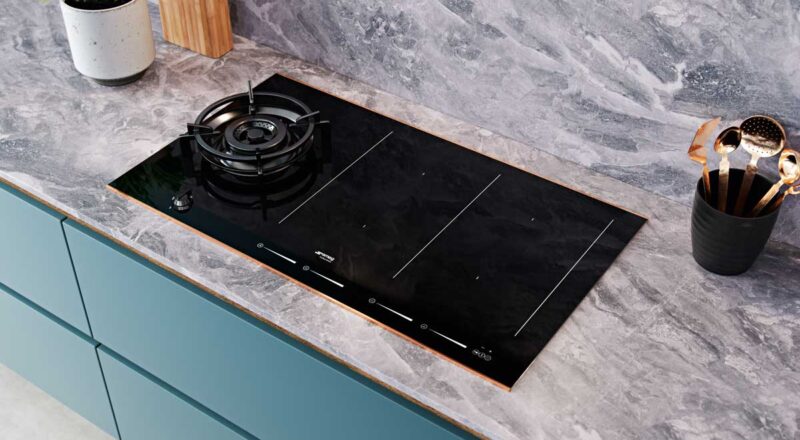Cooking steak to perfection is an art that many aspire to master. The process becomes even more intriguing when you incorporate modern technology, like induction cooktops, with traditional cookware such as a cast iron skillet. In this article, we will delve into the nuances of cooking steak in cast iron on induction cooktops, ensuring you achieve a delicious and perfectly cooked steak every time.

Why Choose Cast Iron and Induction?
Cast iron skillets have been a staple in kitchens for centuries, known for their ability to retain and evenly distribute heat. This makes them ideal for searing meats to perfection. When paired with an induction cooktop, the process becomes even more efficient. Induction cooktops use electromagnetic energy to directly heat the cookware, offering precise temperature control and rapid heating. For more insights on this, you can check this resource.
Benefits of Cooking Steak on Induction
- Precise temperature control ensures consistent cooking.
- Rapid heat adjustment capabilities.
- Energy-efficient and safer as the cooktop remains cool.
Preparing Your Cast Iron Skillet
Before placing your steak on the cast iron skillet, it’s crucial to ensure the skillet is properly prepared. This involves seasoning the skillet to prevent sticking and enhance flavor. For tips on maintaining your cast iron, explore even heating tips.
Seasoning Your Skillet
Seasoning involves coating the skillet with a thin layer of oil and heating it. This process creates a non-stick surface and protects the skillet from rust. Regular seasoning is essential for maintaining the quality of your cast iron cookware.
Choosing the Right Steak
The quality of steak you choose significantly impacts the final outcome. Opt for cuts like ribeye, T-bone, or sirloin that have good marbling, which adds flavor and tenderness when cooked.
Preparing the Steak
Before cooking, allow the steak to reach room temperature. Season it generously with salt and pepper or your preferred seasoning blend. Pre-heating the cast iron skillet on the induction cooktop is essential for achieving a proper sear.
Cooking Process
With the skillet pre-heated, place the steak in the skillet. The aim is to achieve a golden-brown crust without overcooking the inside.
Searing the Steak
Sear each side of the steak for approximately 3-4 minutes, depending on the thickness. This creates a flavorful crust that seals in juices.
Using a Meat Thermometer
To ensure your steak is cooked to your desired doneness, use a meat thermometer. For medium-rare, aim for an internal temperature of 130F. Adjust accordingly for different levels of doneness.
Resting the Steak
Once cooked, allow the steak to rest for about 5 minutes. This allows the juices to redistribute, ensuring a juicy and flavorful steak.
Additional Tips for Success
For those keen on achieving the best results, consider exploring additional resources on cast iron and induction heating. Consistent practice and attention to detail will refine your skills over time.

FAQs
Can all cast iron skillets be used on induction cooktops?
Yes, most cast iron skillets are compatible with induction cooktops. Their ferrous material works well with the electromagnetic energy used by induction cooktops.
Do I need special cookware for induction cooking?
While not all cookware is compatible with induction, cast iron and many stainless steel pots and pans work well. A quick test is to see if a magnet sticks to the bottom of the cookware.
What is the advantage of using a cast iron skillet?
Cast iron skillets are known for their durability and excellent heat retention. They create a perfect sear on meats and can be used on various heat sources, including induction cooktops.
For more insights, explore this guide on cast iron and induction.
This article contains affiliate links. We may earn a commission at no extra cost to you.

